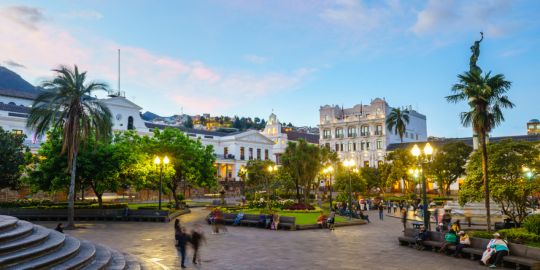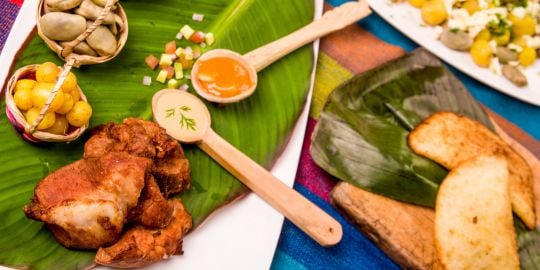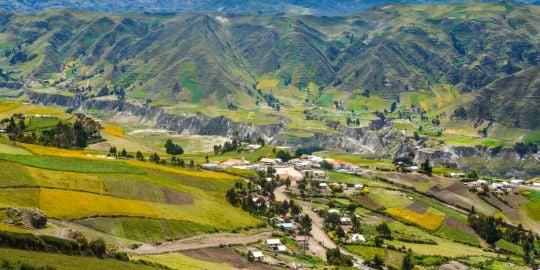Seems to me we need a thread for all things flora and fauna, a place to tell stories, post photos, and ask questions about both Ecuadorian wildlife and gardening.
I'll start off with one plant and one animal. First, a pepper I discovered in the cloud-forest at about 2200 meters. It's sweet, full of flavor, and face numbingly hot. It's got black seeds. Anyone know what this is?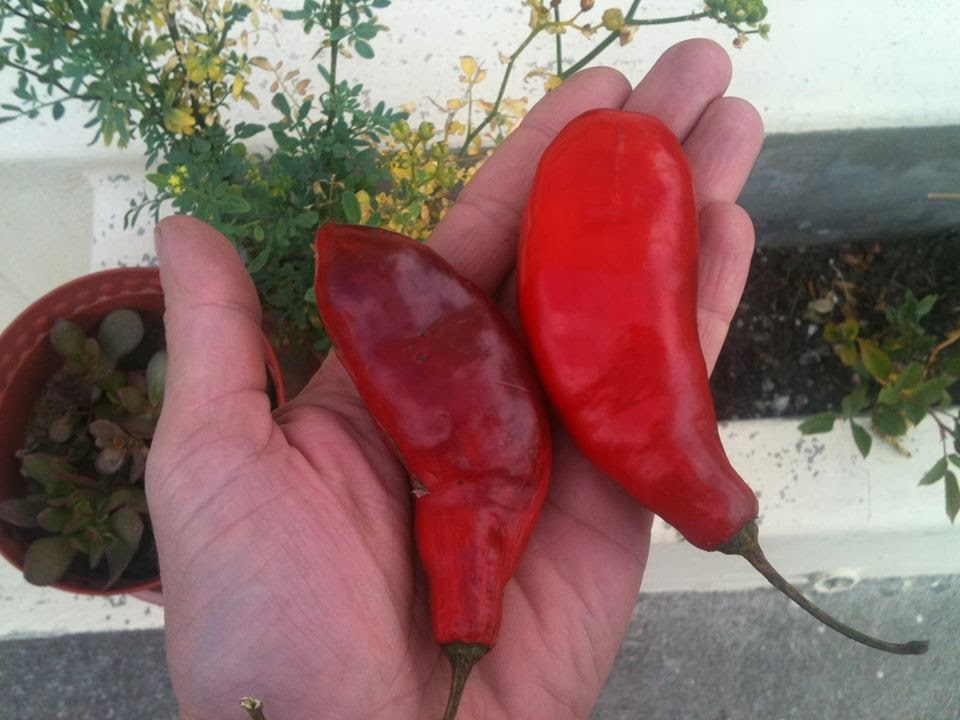.jpg)
The next photo is a chick that was nesting behind a rock on a cold windy ridge. I think it's a vulture chick, but I'm not sure.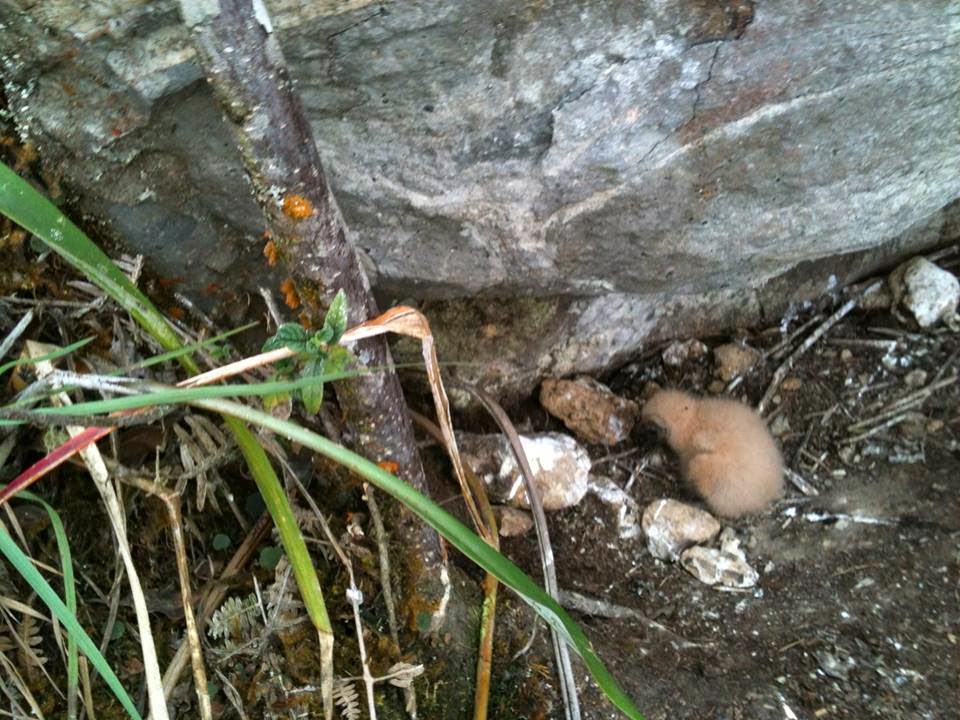
Plants, Animals, Gardening, etc...
Ok, I halfway answered my first question with the help of some pepper experts. It's a Rocoto pepper, native to Ecuador, but it may be either a cross breed or a species that is not yet listed in the pepper databases. It's larger and a bit different shape than any known Rocotos I've been able to find. The clue that it might be a cross breed is that two peppers from the same plant had very different heat levels.
You're correct on your assessment of the Rocoto variety of peppers. Caution my friend on the variations you find. Several can literally burn through the colon wall on a gringo if consumed for any prolonged period of time.
The native Ecuadorians who've been raised around these and others have something like a callous on their intestinal tracts making consumption for them entirely different for you and the native Ecuadorians.
Great idea on the flora/fauna thread Jesse. I have big garden now and look forward to any info on the topic of what to expect gardening in Ecuador. I think it would be nice to grow my own coffee beans, and use the wood to roast chicken on a spit. I also noted that GMO is not allowed in Ecuador, and therefore your bees are probably not dying from colony collapse like in Canada. 90% of our bees are dying, except in Newfoundland, where they are thriving. Sad isn't it.
timo31750 wrote:You're correct on your assessment of the Rocoto variety of peppers. Caution my friend on the variations you find. Several can literally burn through the colon wall on a gringo if consumed for any prolonged period of time.
The native Ecuadorians who've been raised around these and others have something like a callous on their intestinal tracts making consumption for them entirely different for you and the native Ecuadorians.
Fear not, I have a fireproof colon. I'm a bit of a pepper addict.
James-Esq wrote:Great idea on the flora/fauna thread Jesse. I have big garden now and look forward to any info on the topic of what to expect gardening in Ecuador. I think it would be nice to grow my own coffee beans, and use the wood to roast chicken on a spit. I also noted that GMO is not allowed in Ecuador, and therefore your bees are probably not dying from colony collapse like in Canada. 90% of our bees are dying, except in Newfoundland, where they are thriving. Sad isn't it.
I'm going to resist the urge to discuss GMO, since it tends to be one of those topics (like religion and politics) that hijacks a forum thread and brings out the trolls.
On the coffee topic, I've considered growing it too. I've heard it's a hell of a lot of work for little reward, though. There is a type of coffee available in Ecuador that is better than anything I've ever tasted. It's grown in the Intag. It is claimed to be one of the least acidic coffees in the world. Random blog post about Intag coffee
Interesting that you brought up bees. I was just talking to my girlfriend about plans to keep bees on our property. It's something I know very little about, so I've got a lot of research to do.
On the topic of gardening, was wondering if anyone has any experience with earth sheltered greenhouses/walipini, or whatever else you want to call it?
j600rr wrote:On the topic of gardening, was wondering if anyone has any experience with earth sheltered greenhouses/walipini, or whatever else you want to call it?
I think earth sheltered greenhouses are more suited for colder climates. There's a lot of greenhouses in Ecuador, but I think they're used mostly by the flower industry to control humidity and protect delicate flowers from heavy rains. I've built small plastic greenhouses before, but nothing complicated. I used this PVC pipe and plastic greenhouse during the cooler seasons in Washing State.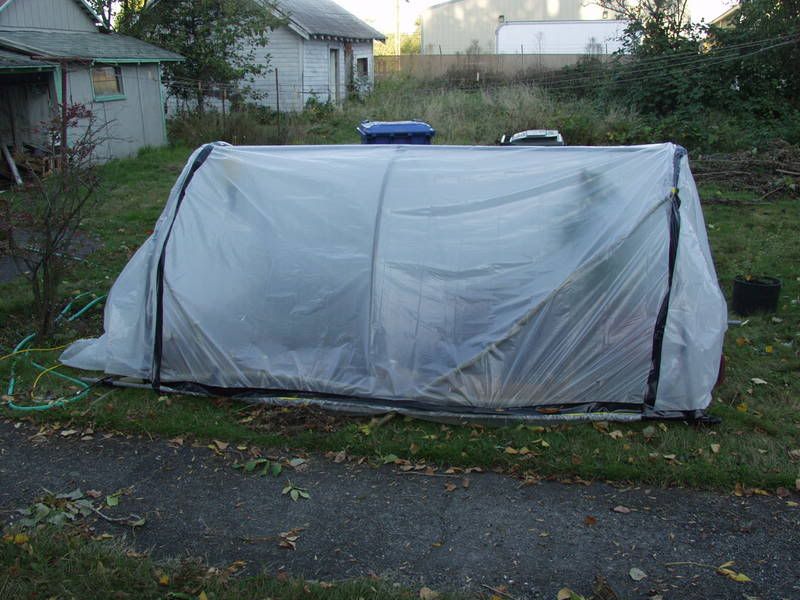
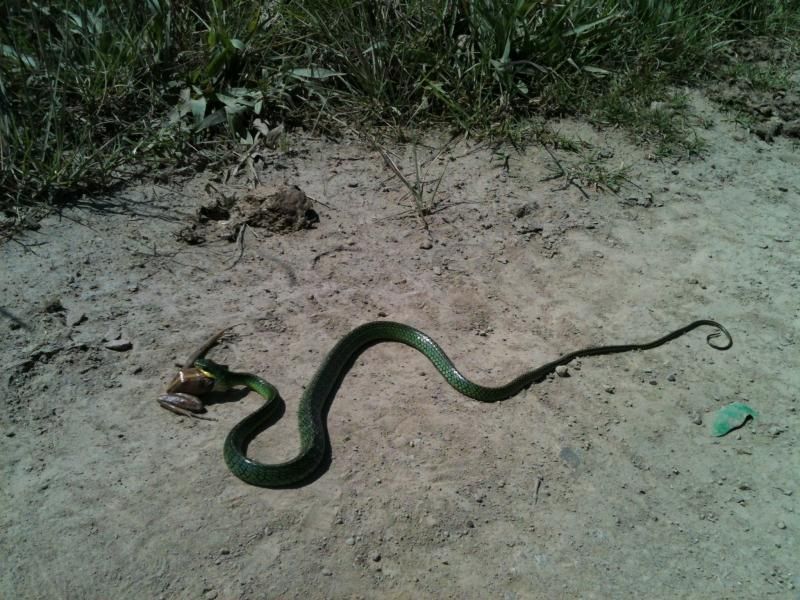
I found this guy a couple miles down the road from la Merced de Buenos Aires. He spooked and let the frog go, but I think it was paralyzed. There were two fang marks on it's back and it just sat there when I touched it with my foot.
Anyone know what this type of bamboo is called? Locals call it "suro" but that name is used for about 200 different kinds of plants, and just means viney. It might not be a real bamboo, just something very bamboo like. These are young plants. It grows up to about 20' tall on my property and when it's young, it's solid and very wet inside, when it's dead and dry it's hollow like normal bamboo. 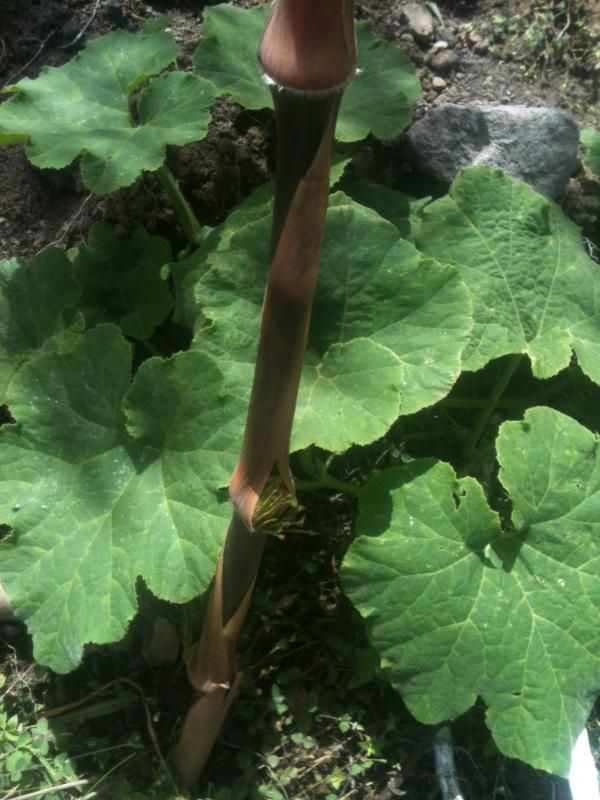
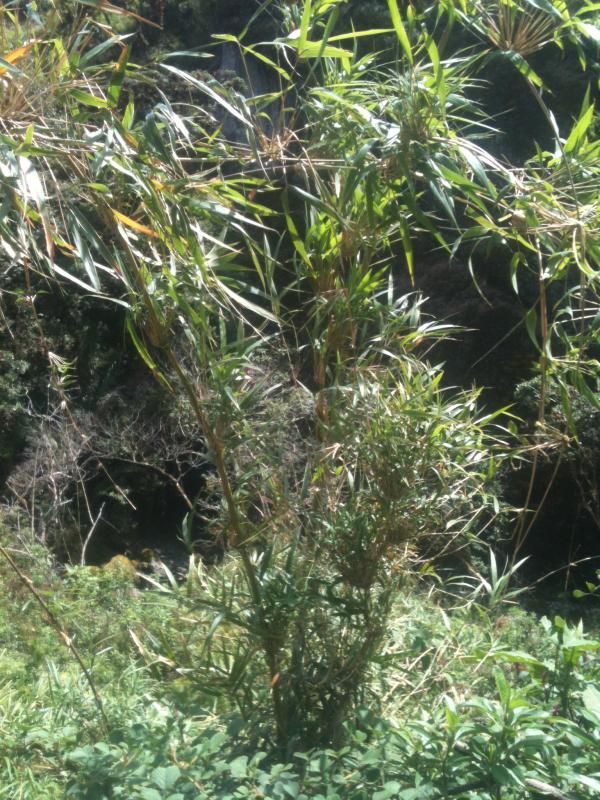
OK, I identified the green snake with the frog in it's mouth (thanks to the folks at www.reptileforums.co.uk). It's a mountain sipo. Though it has fangs, it is non-venomous. Good to know, since I'll be spending a lot of time in it's habitat.
jessekimmerling wrote:OK, I identified the green snake with the frog in it's mouth (thanks to the folks at www.reptileforums.co.uk). It's a mountain sipo. Though it has fangs, it is non-venomous. Good to know, since I'll be spending a lot of time in it's habitat.
Hadn't even thought about the venomous snakes in Ecuador. Guess they probably have a few naughty boys like the fer de lance, bush master, and pit viper to name but a few?
j600rr wrote:Hadn't even thought about the venomous snakes in Ecuador. Guess they probably have a few naughty boys like the fer de lance, bush master, and pit viper to name but a few?
I know we have bush masters.
"There exist some 210 snakes in the country, half of them poisonous..." Source: http://www.ecuador-travel.net/biodiversity.reptiles.htm
It's not a problem for those that stick to the cities, but for folks like me that spend half their time in the forest, often not even on any existing trail, it's something I need to know a bit about. I was reading one of Gary Scott's blogs a few days ago. He wrote, "Outside the Amazon I have seen one snake in Ecuador over 14 years." My experience and research has lead me to believe that Gary was being misleading, and that in rural areas, snakes, including venomous snakes, are quite common here.
Reviving the old plants/animals/gardening thread. I'm buying up seeds in preparation for starting a hot/humid coastal garden in Canoa. Any suggestions? Anyone interested in sharing some of my seeds? Any requests from seed banks in the US?
I'm bringing dreadlock amaranth, love lies bleeding - red amaranth, and a thai amaranth used for salad greens, dozens of hot & sweet peppers, cherokee (ugly ripe) tomatoes, abu roan (syrian) tomato, a basic green tomatillo, purple thai long beans, a couple types of eggplant, a chard that probably won't survive the heat, two types of basil, a slow bolt cilantro, Israeli wild oregano, and some asian greens I've never heard of before.
Wish me luck getting through customs.
Good luck getting through customs. 
cccmedia in Quito



